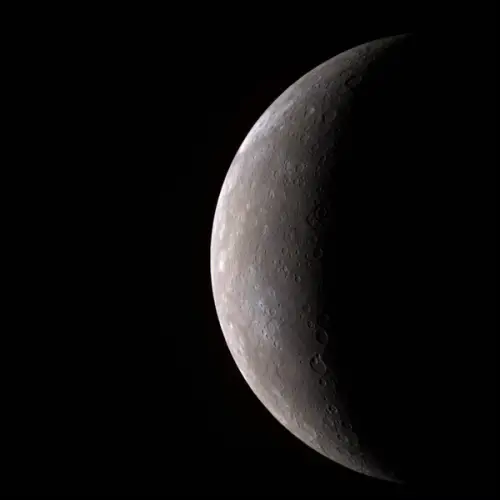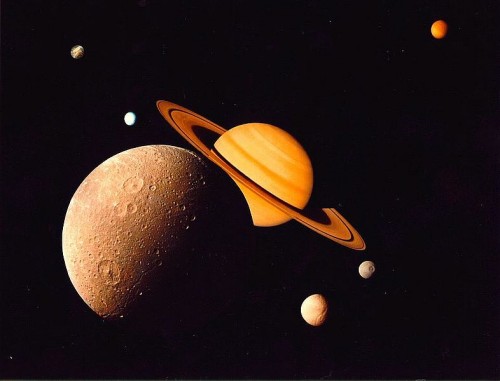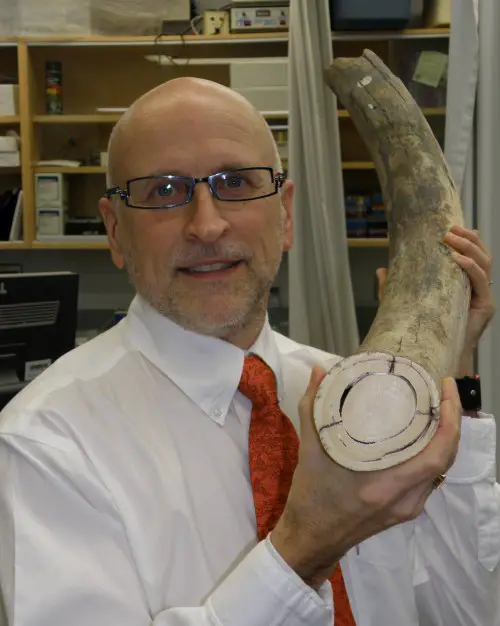Mission to Mercury: NASA’s in-depth probing begins
NASA’s spacecraft, Messenger, was launched more than 6 years ago. Although this may not be anything new – for fifteen minutes, the spaceshuttle fired the main engine in order to enter Mercury’s orbit.
“The Messenger spacecraft went into orbit around Mercury tonight; we can confirm that through the Doppler signals we’ve seen,” declared Eric Finnegan, NASA systems engineer.
Such a close encounter with Mercury (the planet closest to the Sun) represents an important milestone, both from an engineering but also scientific point of view. This marks the first local encounter with this small rocky planet since 1975.
Mercury is interesting for astronomers because it is not a gassy planet like Jupiter but a terrestrial one like the Earth. It is however difficult to explore because of the high temperatures on the surface, which is capable of melting lead. It can also be a provider of clues for other rocky orbs outside this solar system.
“Now that so many new planets are being discovered around stars in other solar systems, we need to know the effects of space weathering on rocky surfaces so we can accurately interpret telescopic and other remote sensing data we obtain from other rocky or dusty worlds,” declared Ann Sprague, a member of the scientific team from the University of Arizona’s Lunar and Planetary Laboratory.
Messenger (which is actually an acronym – Mercury Surface, Space Environment, Geochemistry and Ranging), started its journey in August 2004, and has been dancing around our planet, around the moon and finally around Mercury ever since. Its main purpose is to prevent it from being attracted by the gravitational pull of the Sun. Messenger has to orbit Mercury in order to complete the information provided by its two previous flybys but also by Mariner 10, back in 1975.
This spacecraft will study the magnetic field, the geological history, surface composition as well as other mysteries offered by Mercury. The space shuttle will simply drop on the planet’s surface as soon as it ends its mission.
The only images of Mercury available for scientists were those sent by Mariner more than thirty years ago. There was only one side of Mercury shown along with some ground-based surveys and other data regarding Mars and meteorites.
During its journey, Mercury gathered pictures of what its predecessor missed to record, allowing scientists to see as much as 95% of the planet. The unseen areas are mainly at Mercury’s poles but they will probably be covered as well during Messenger’s orbital mission.



